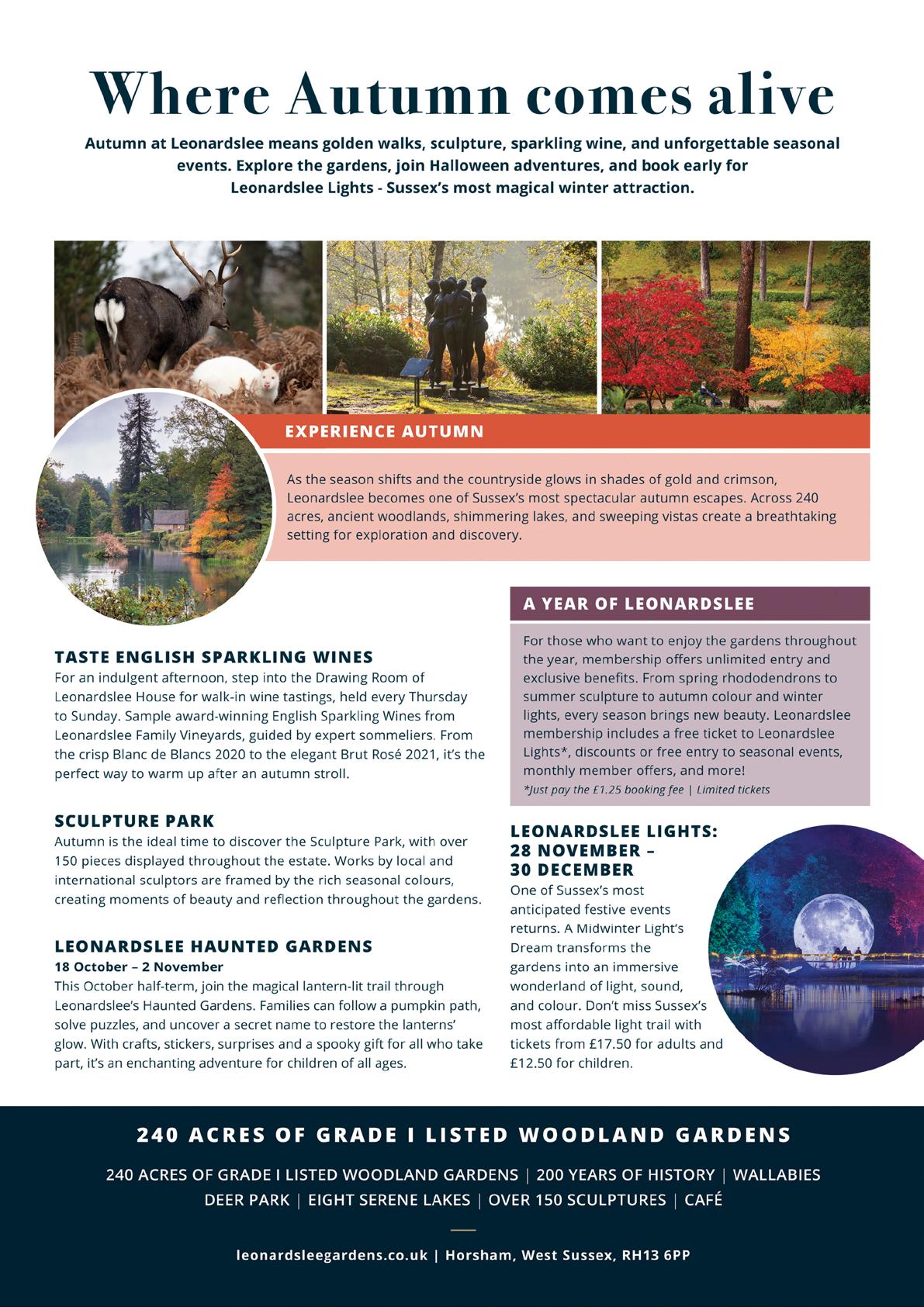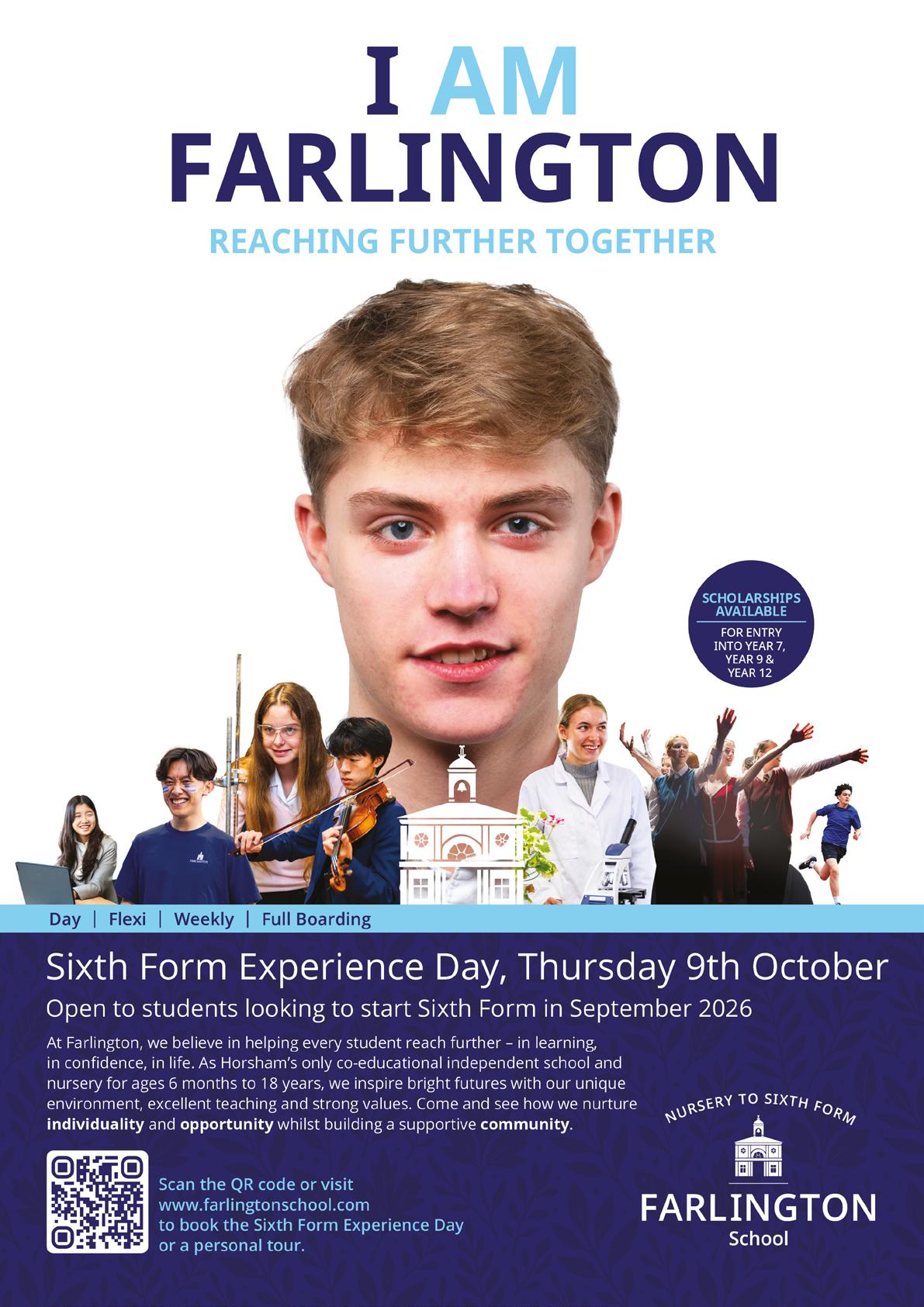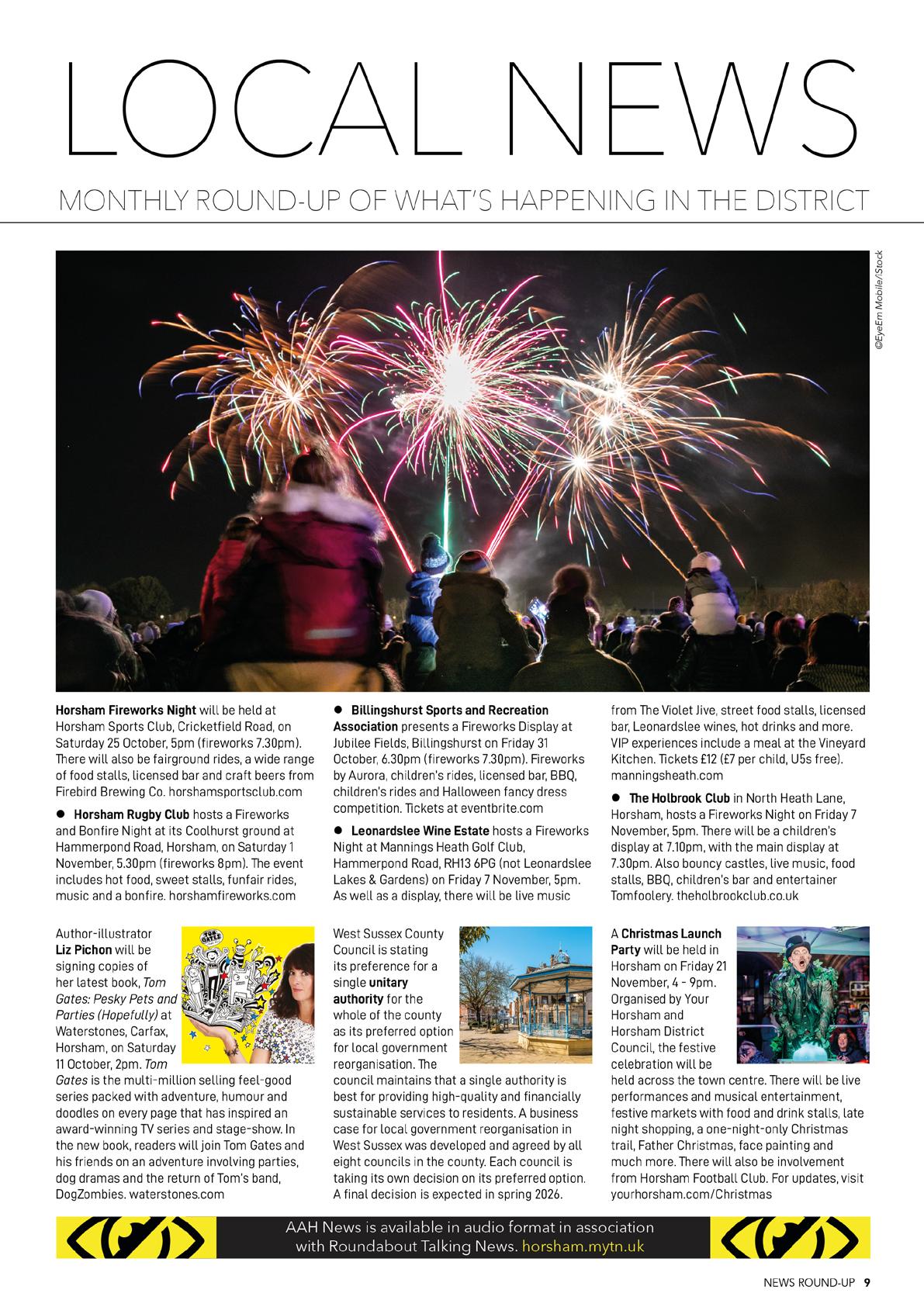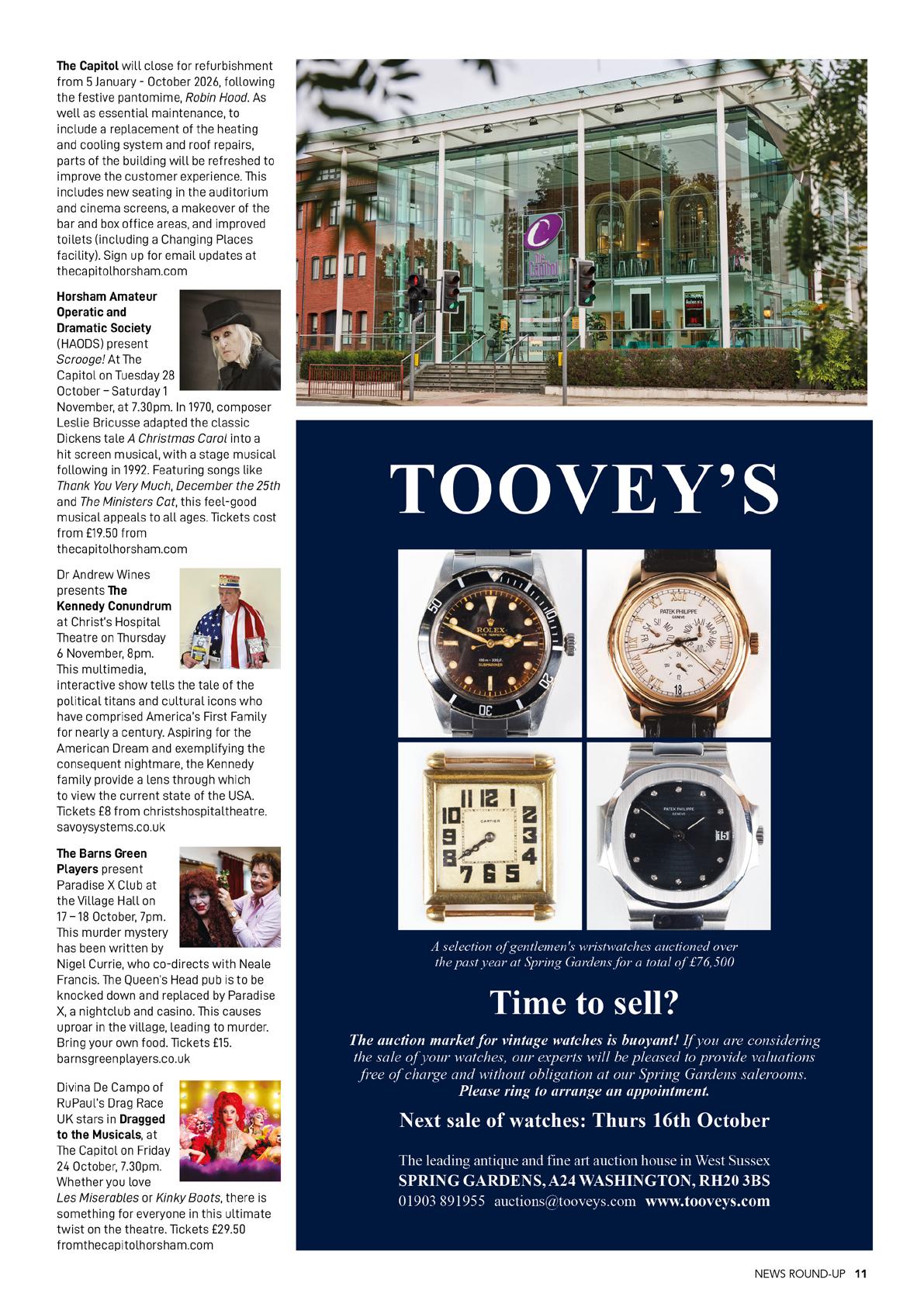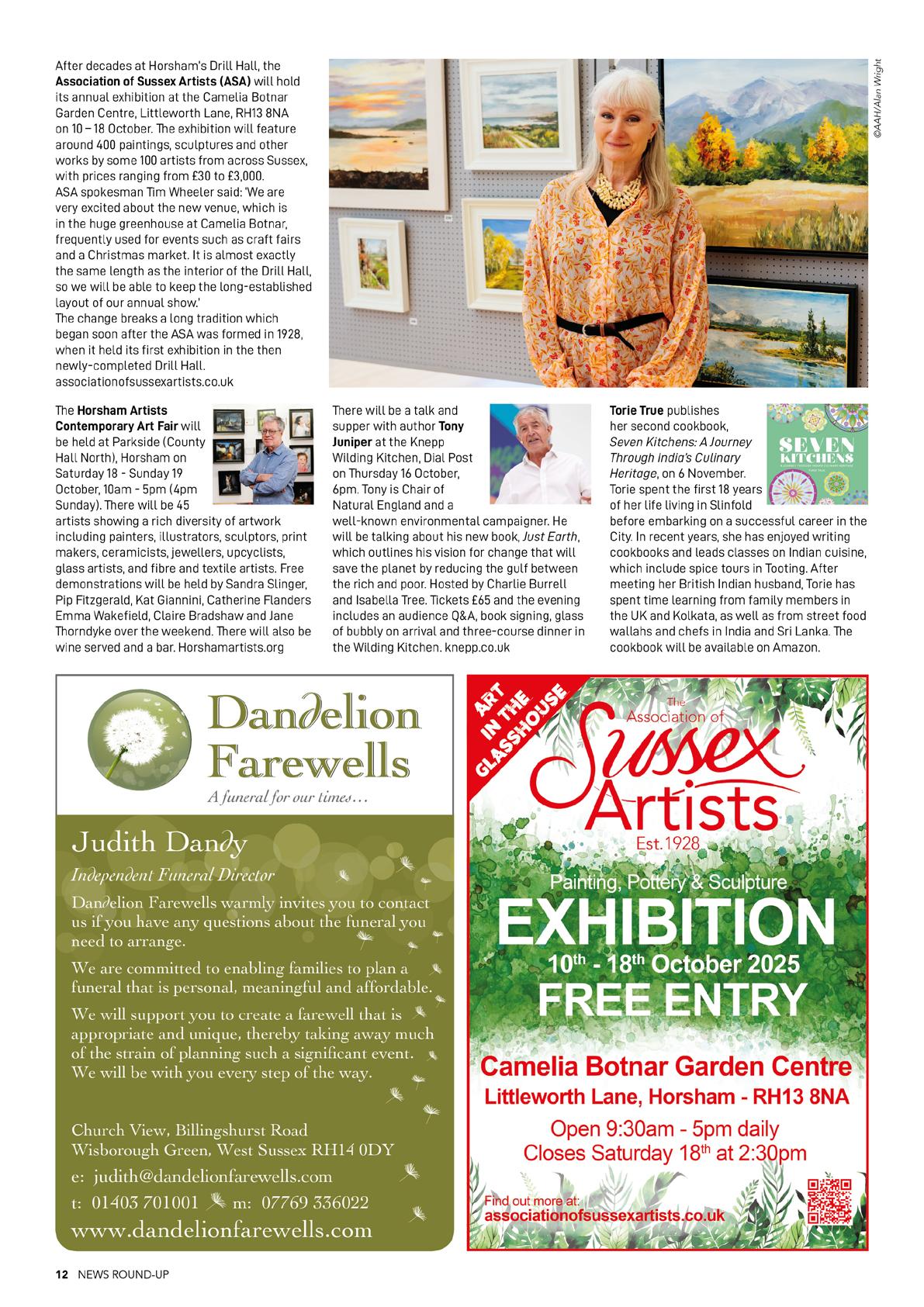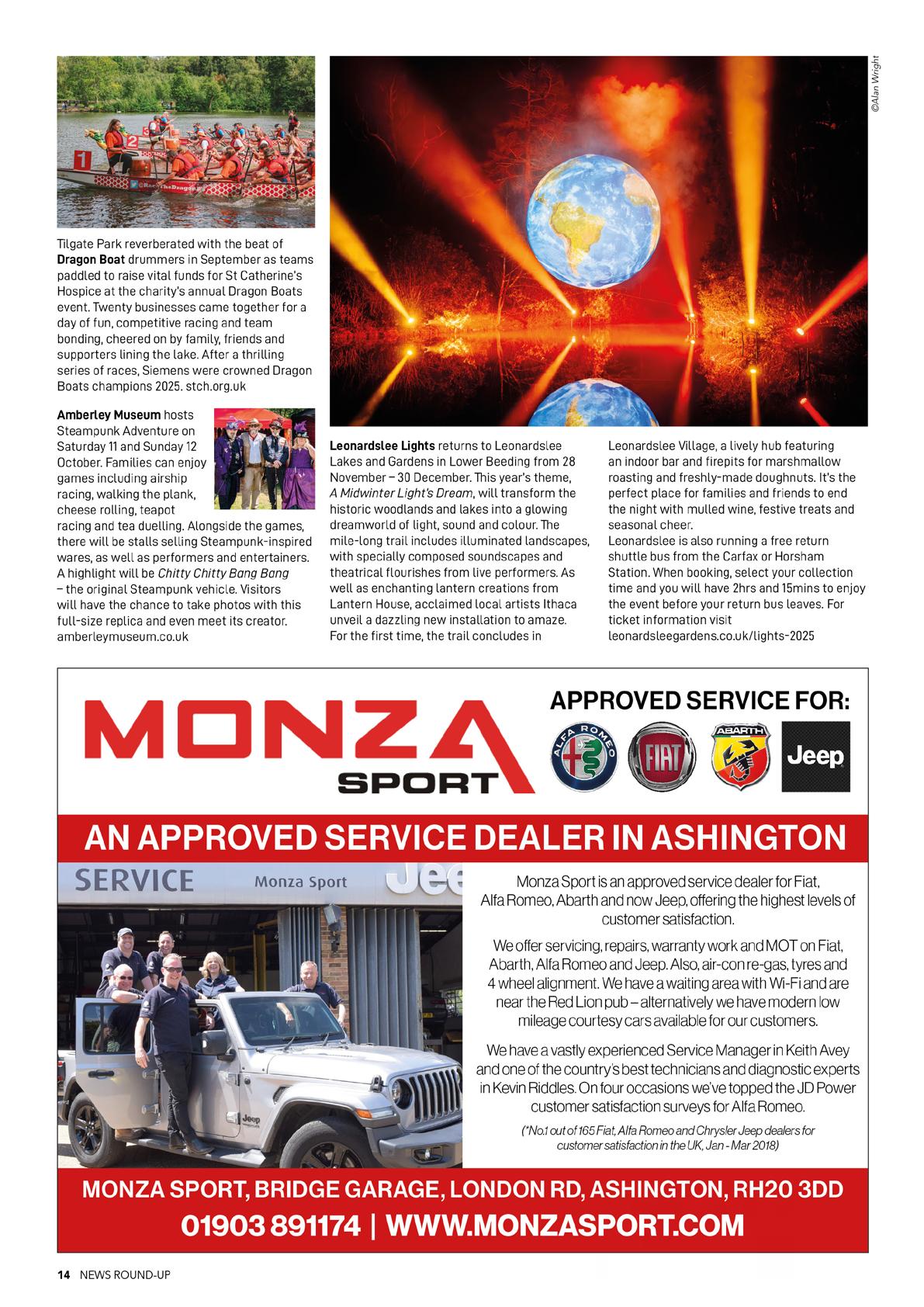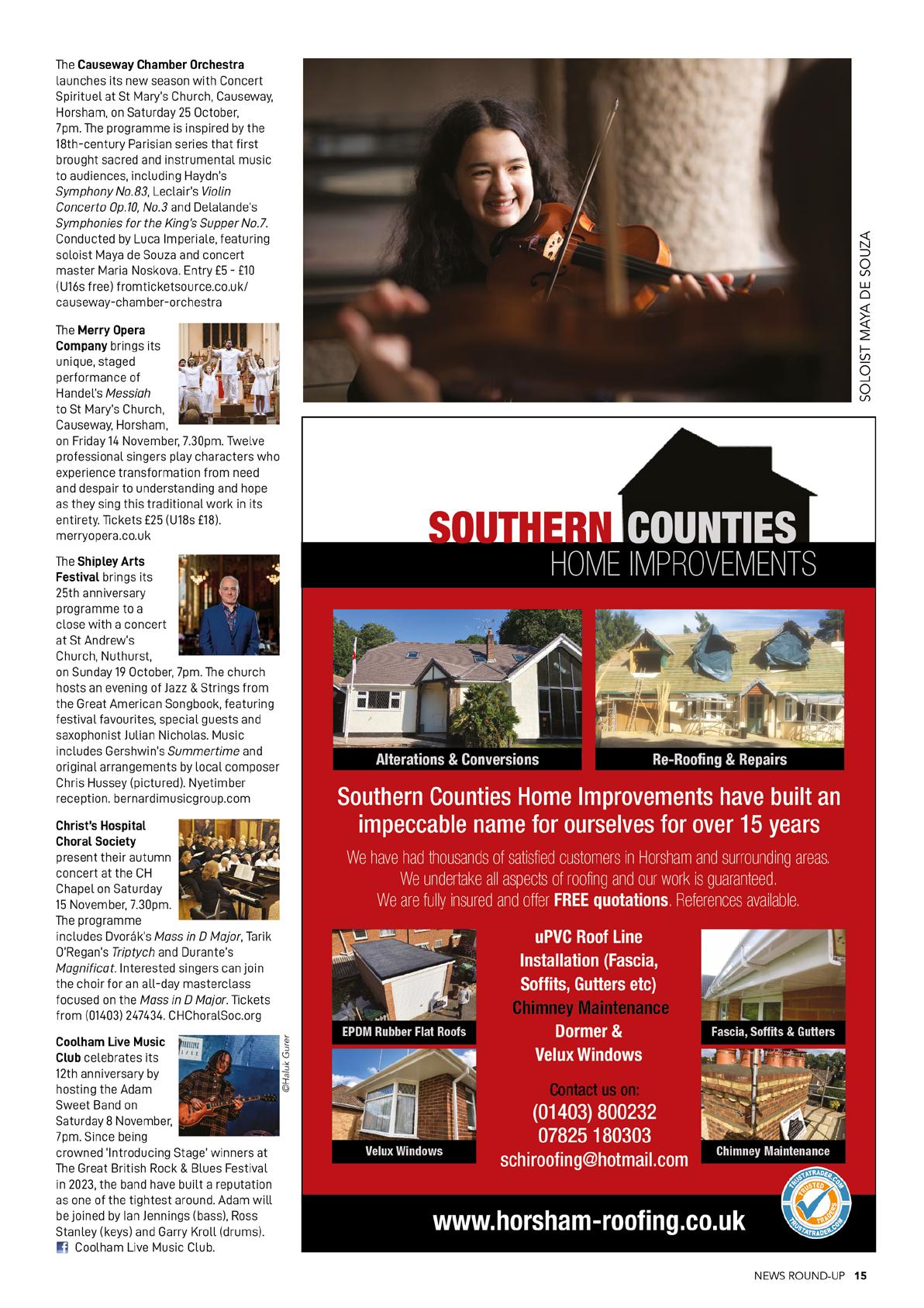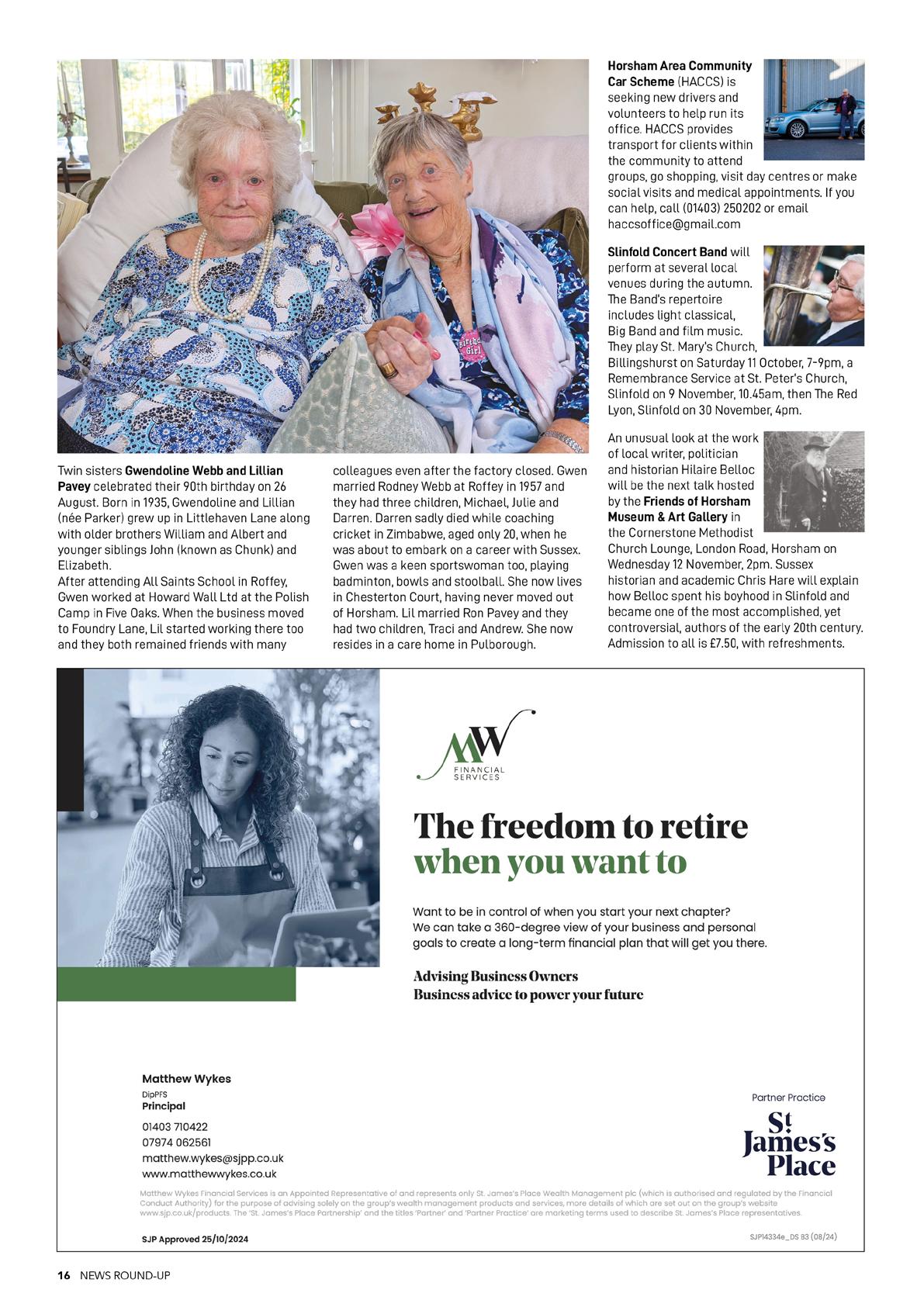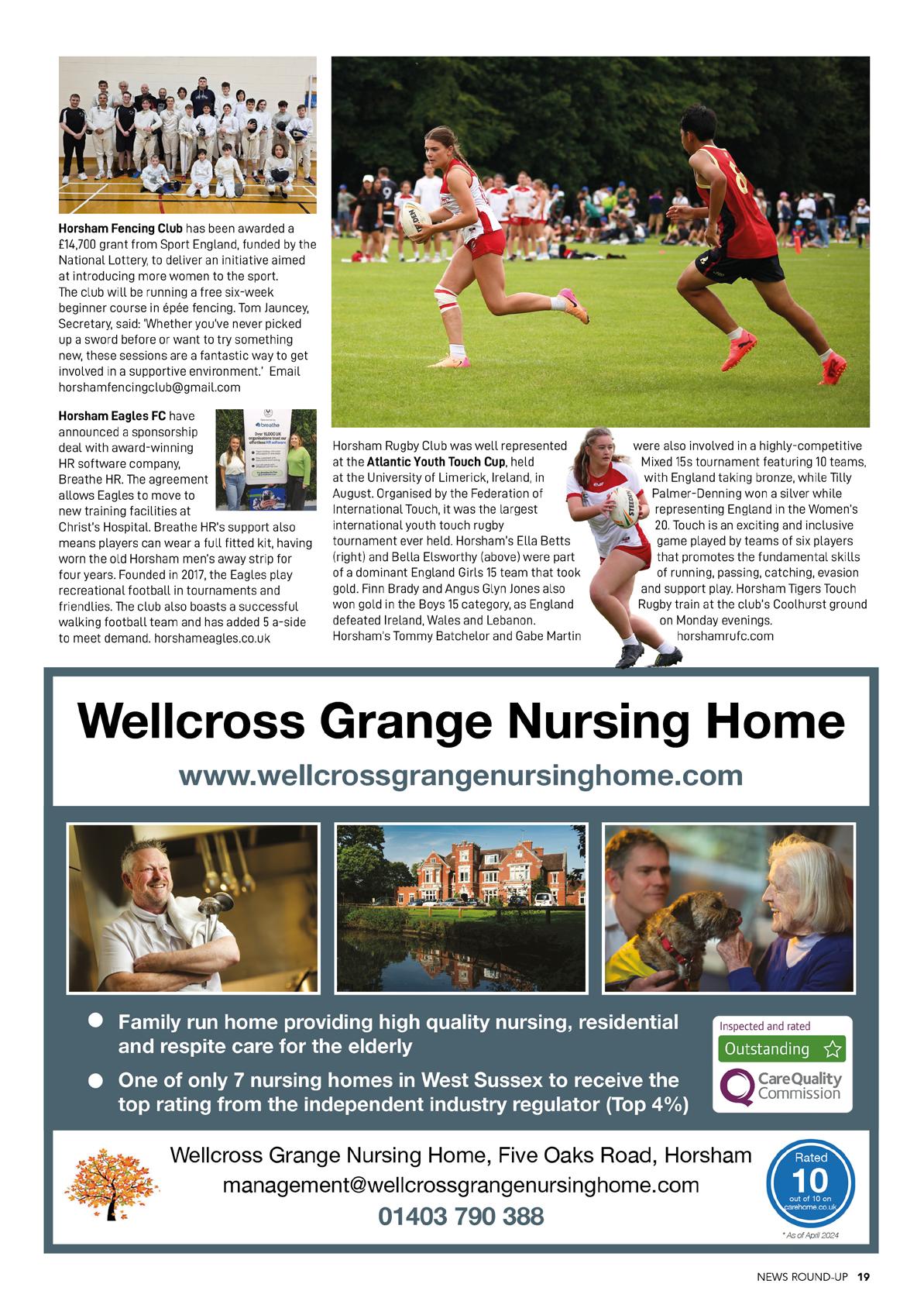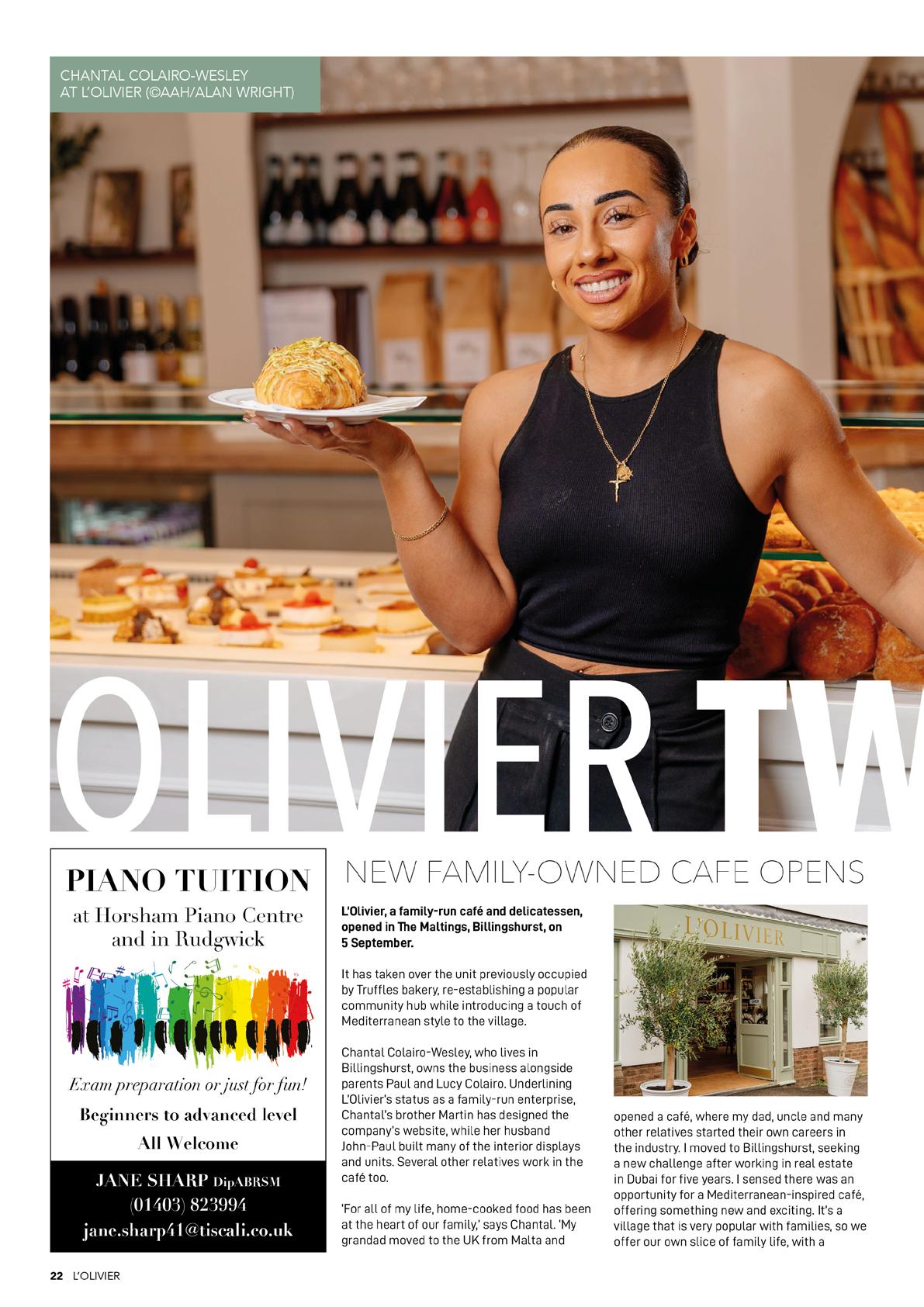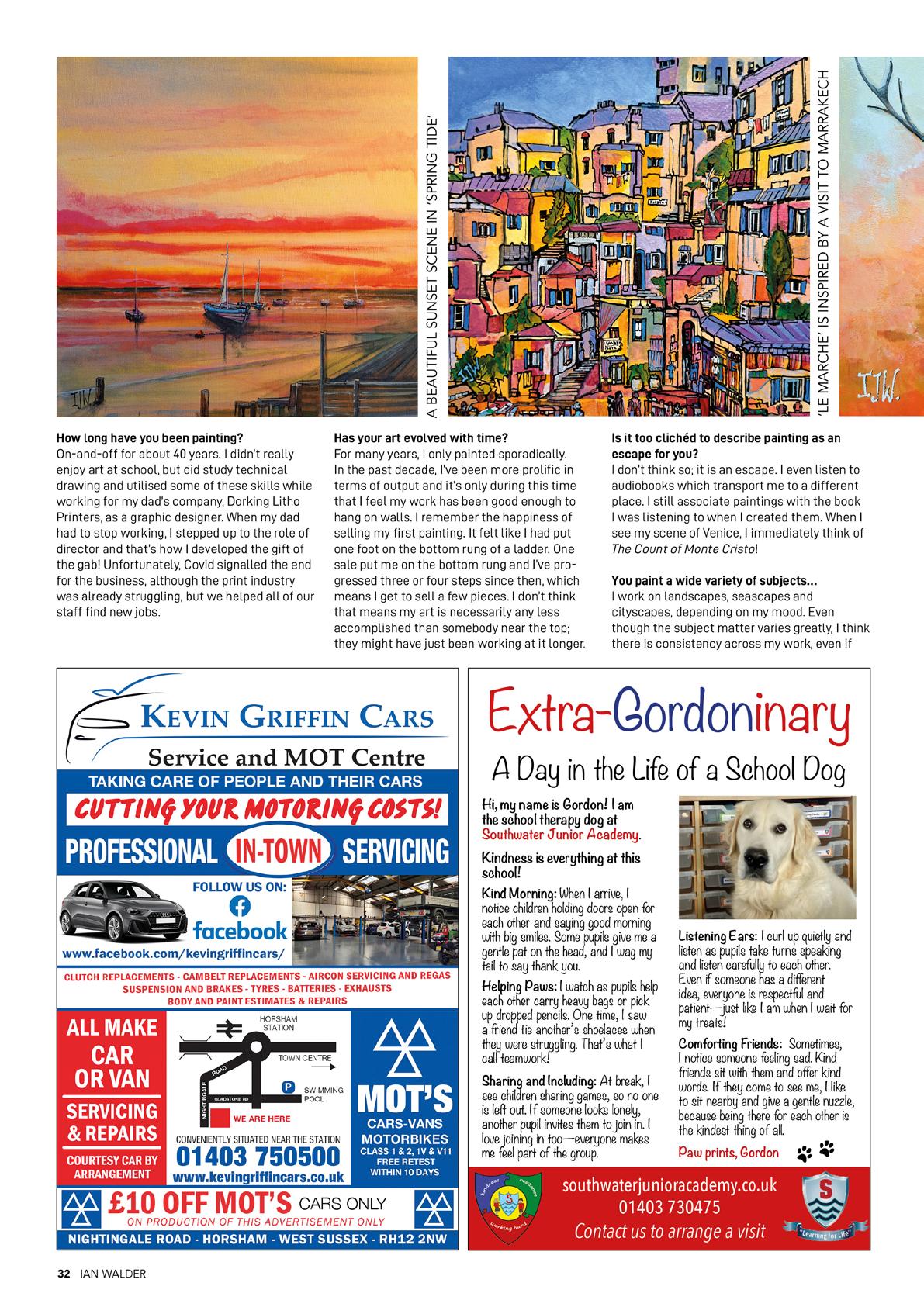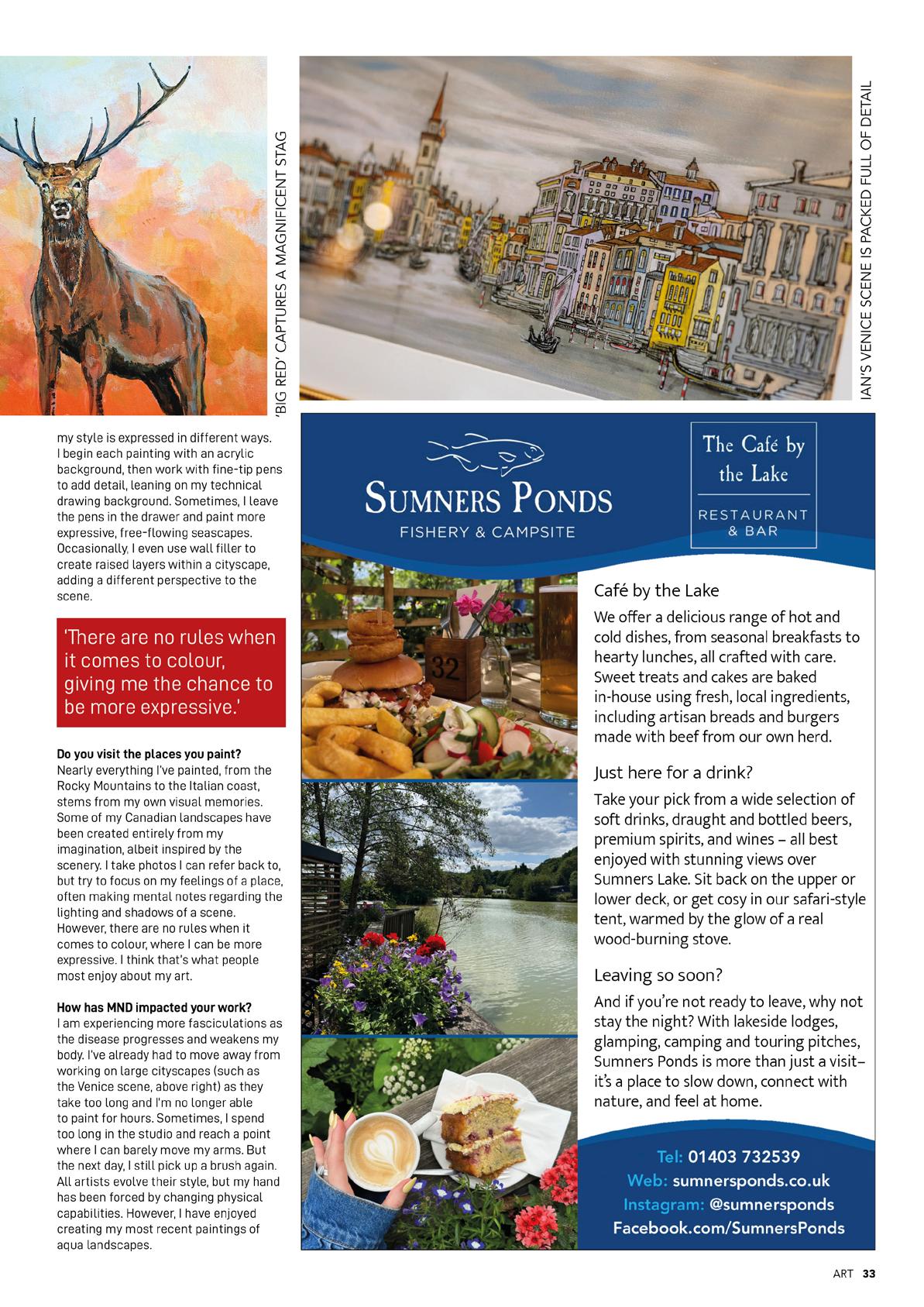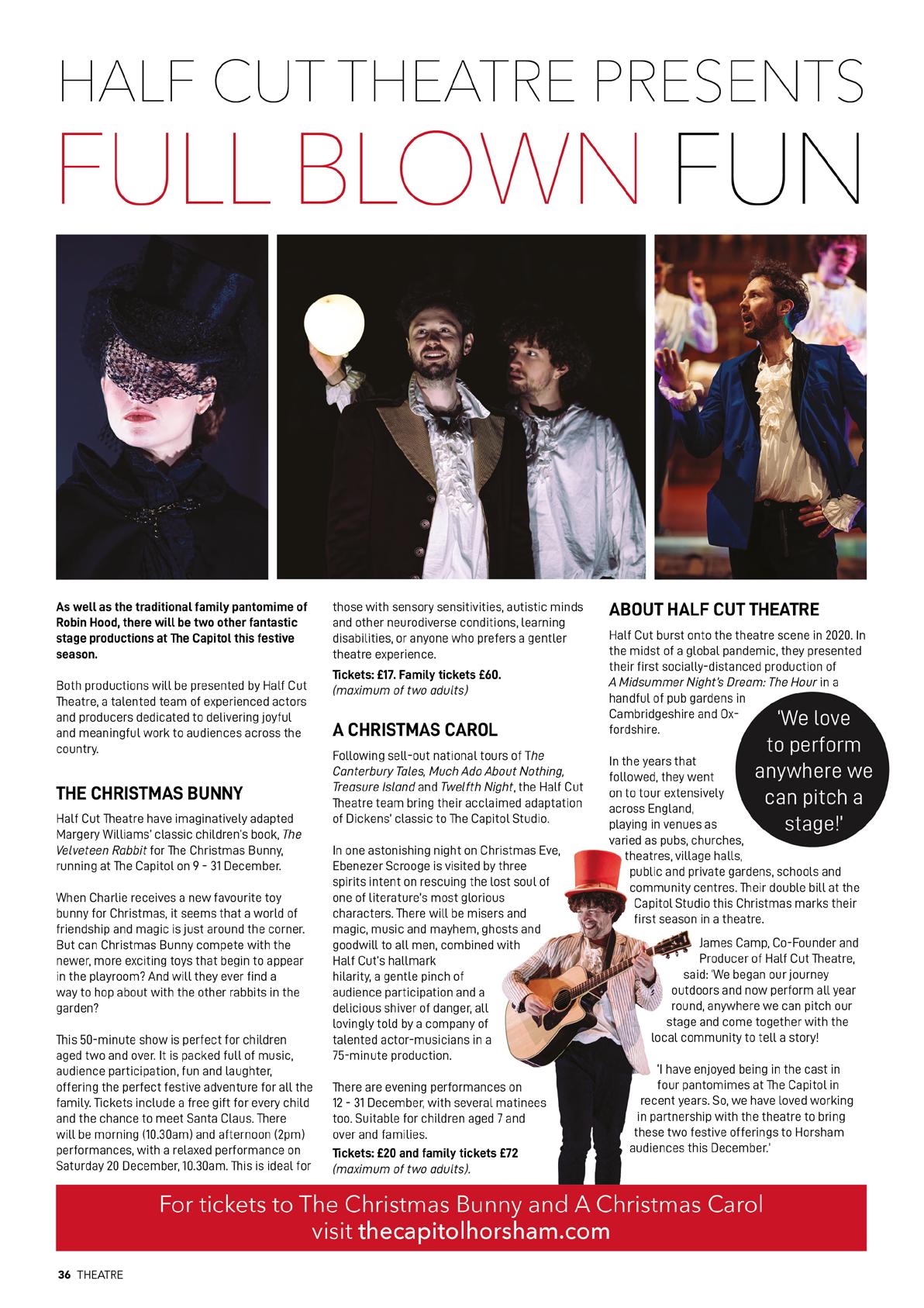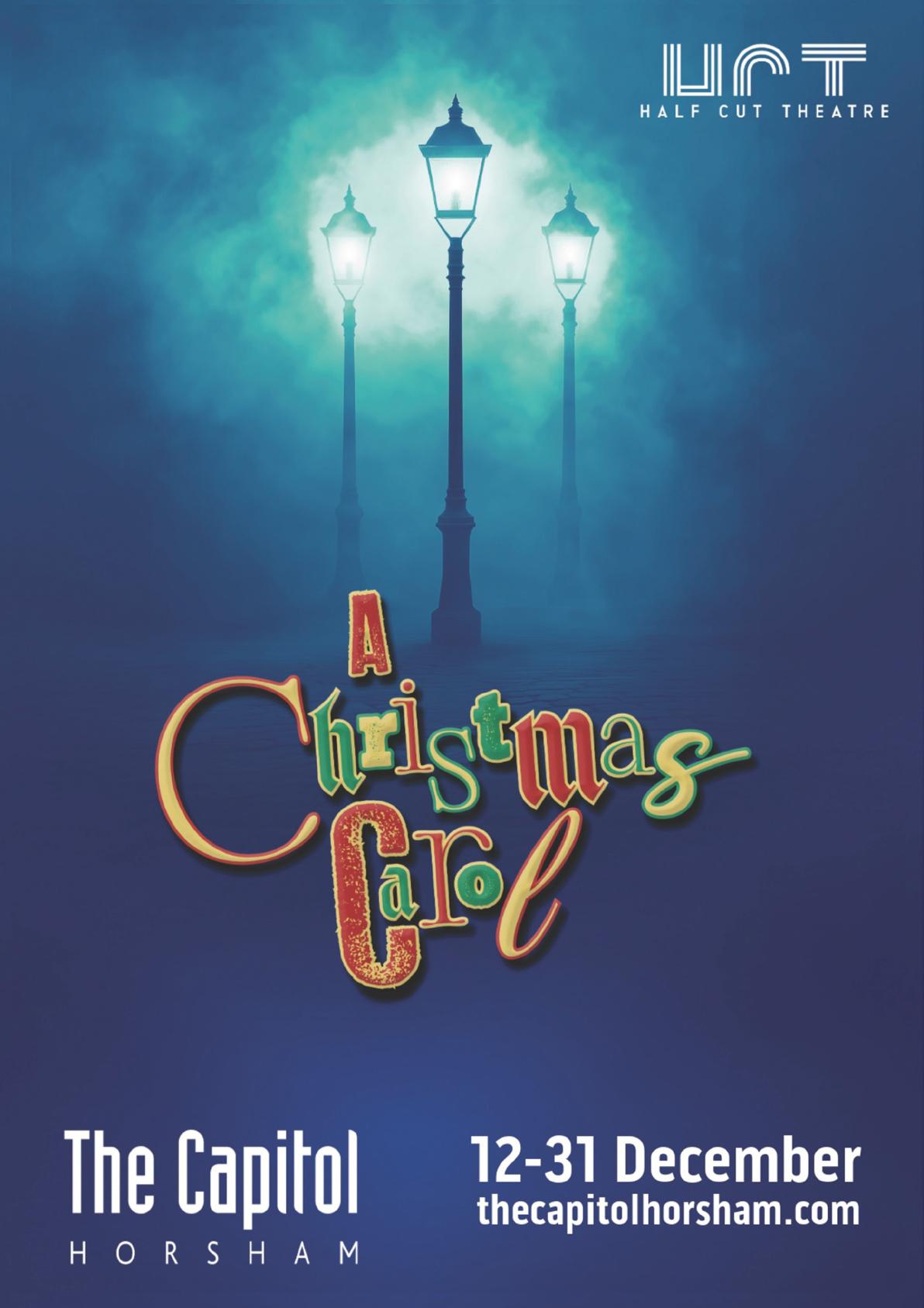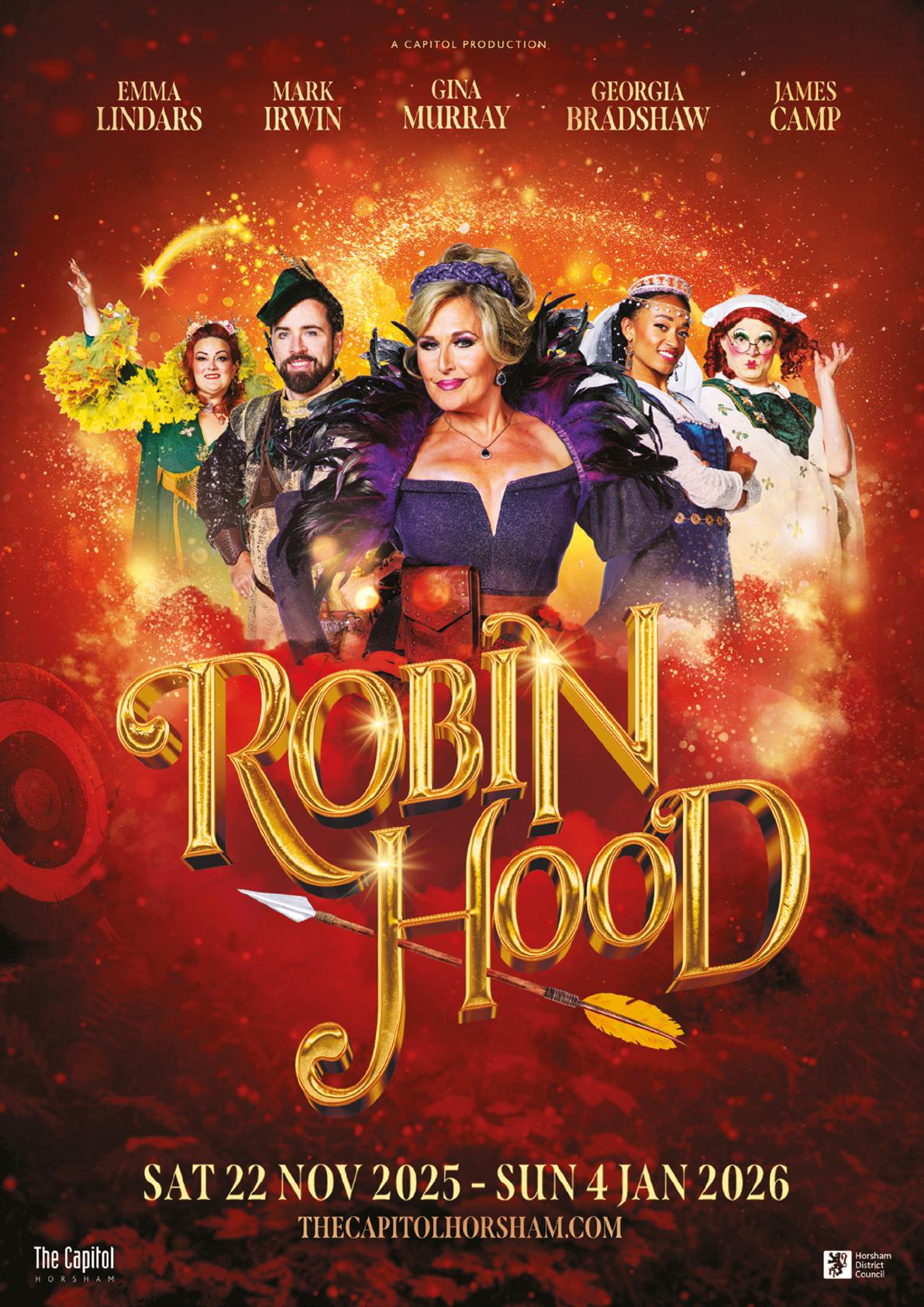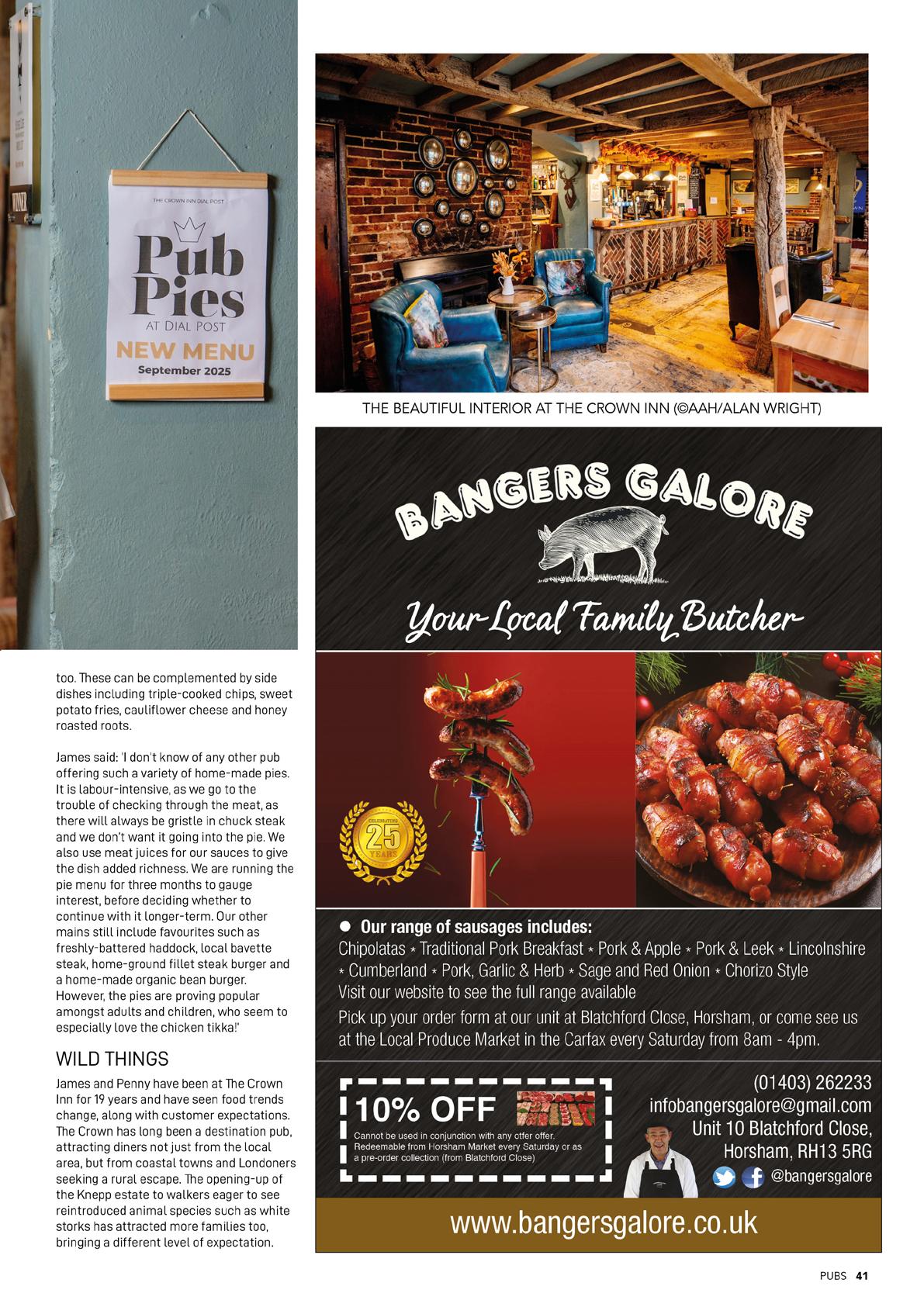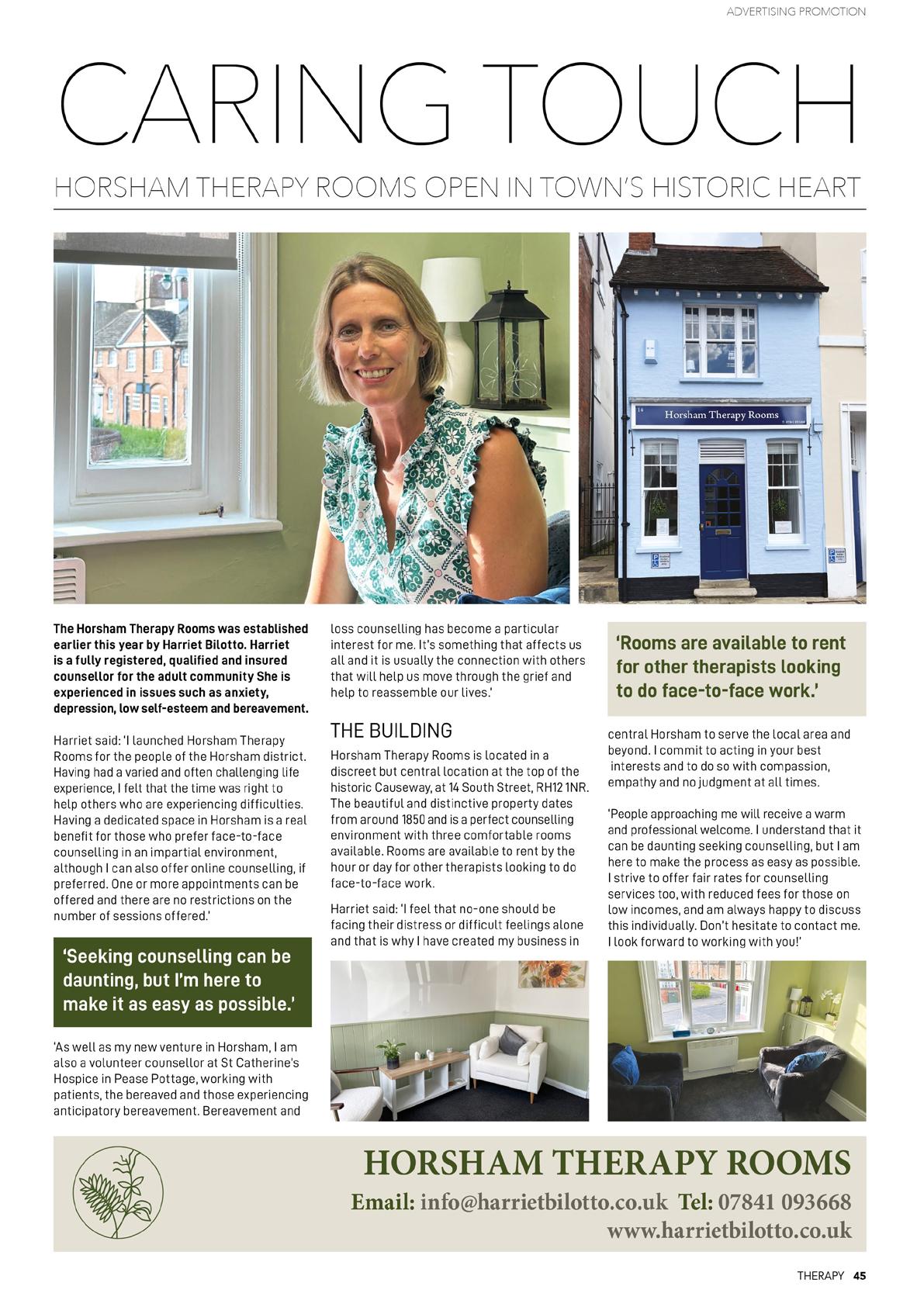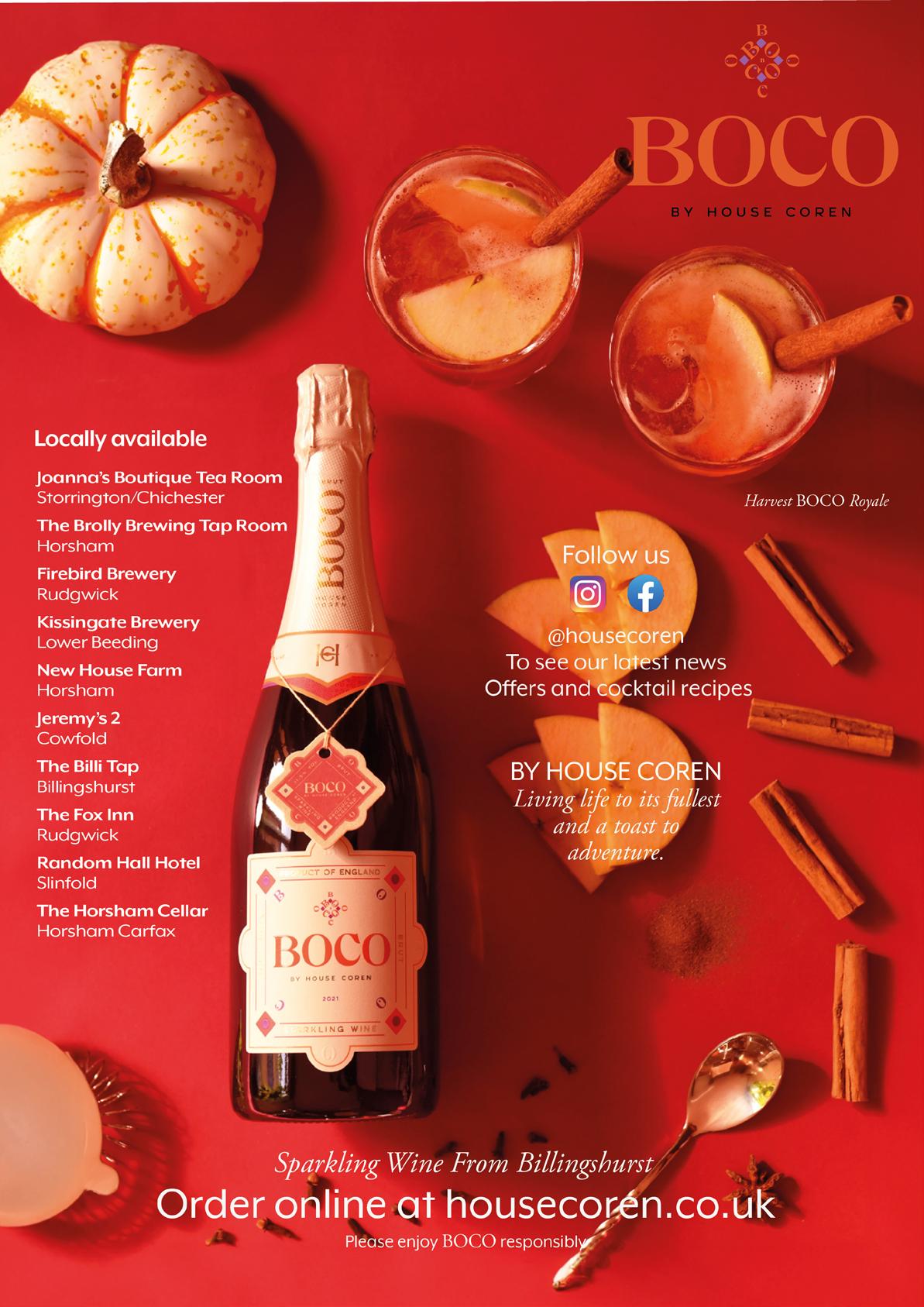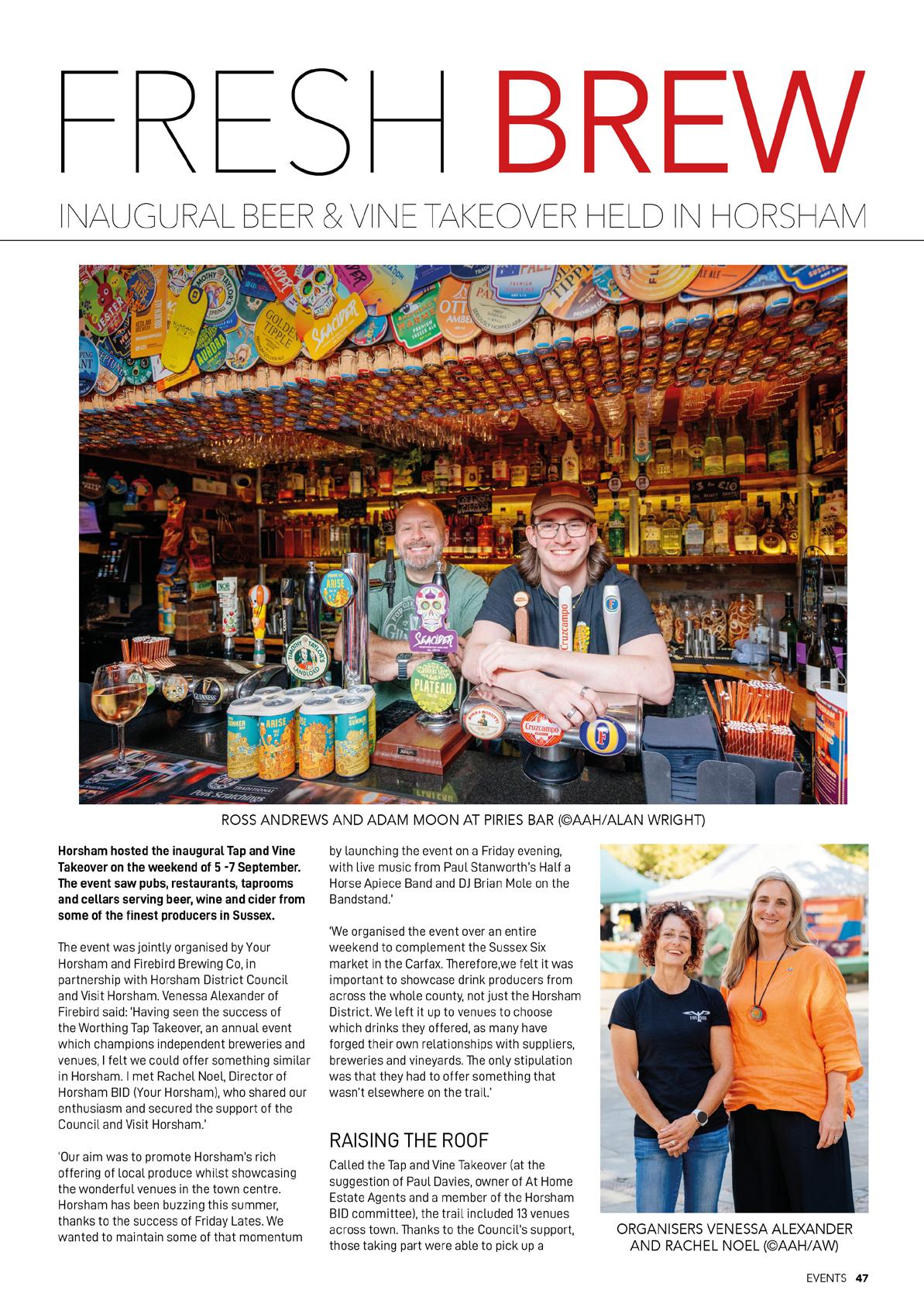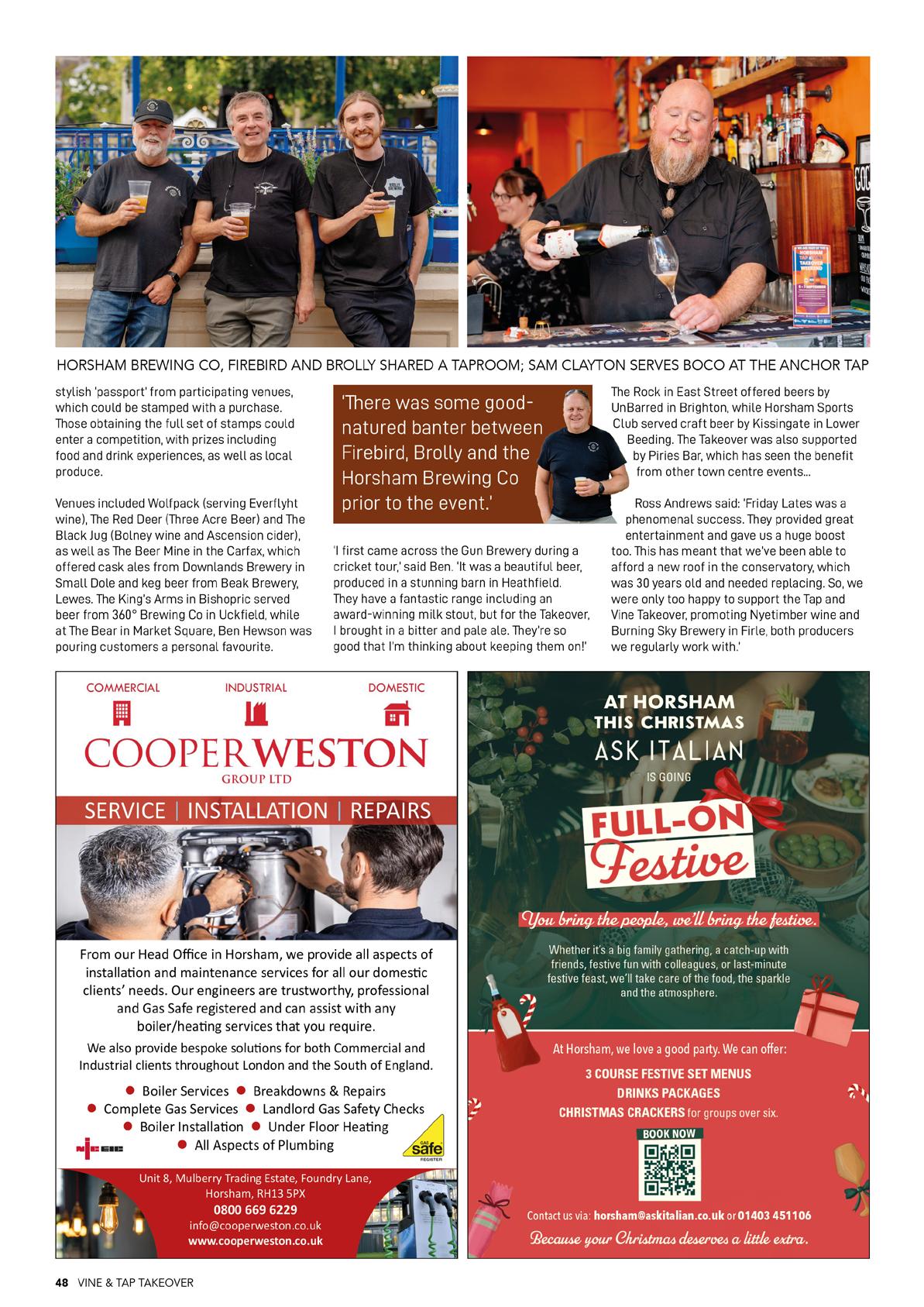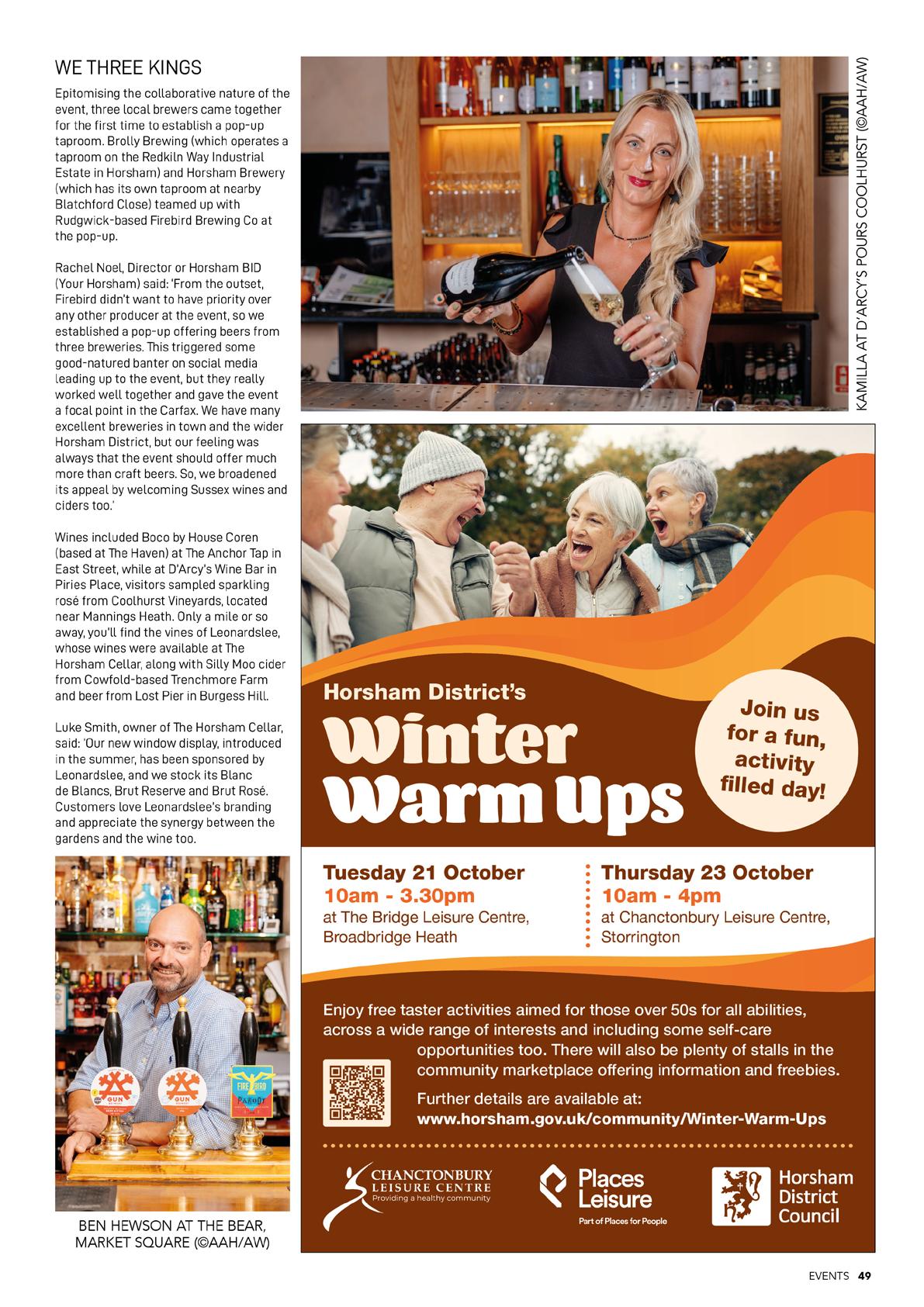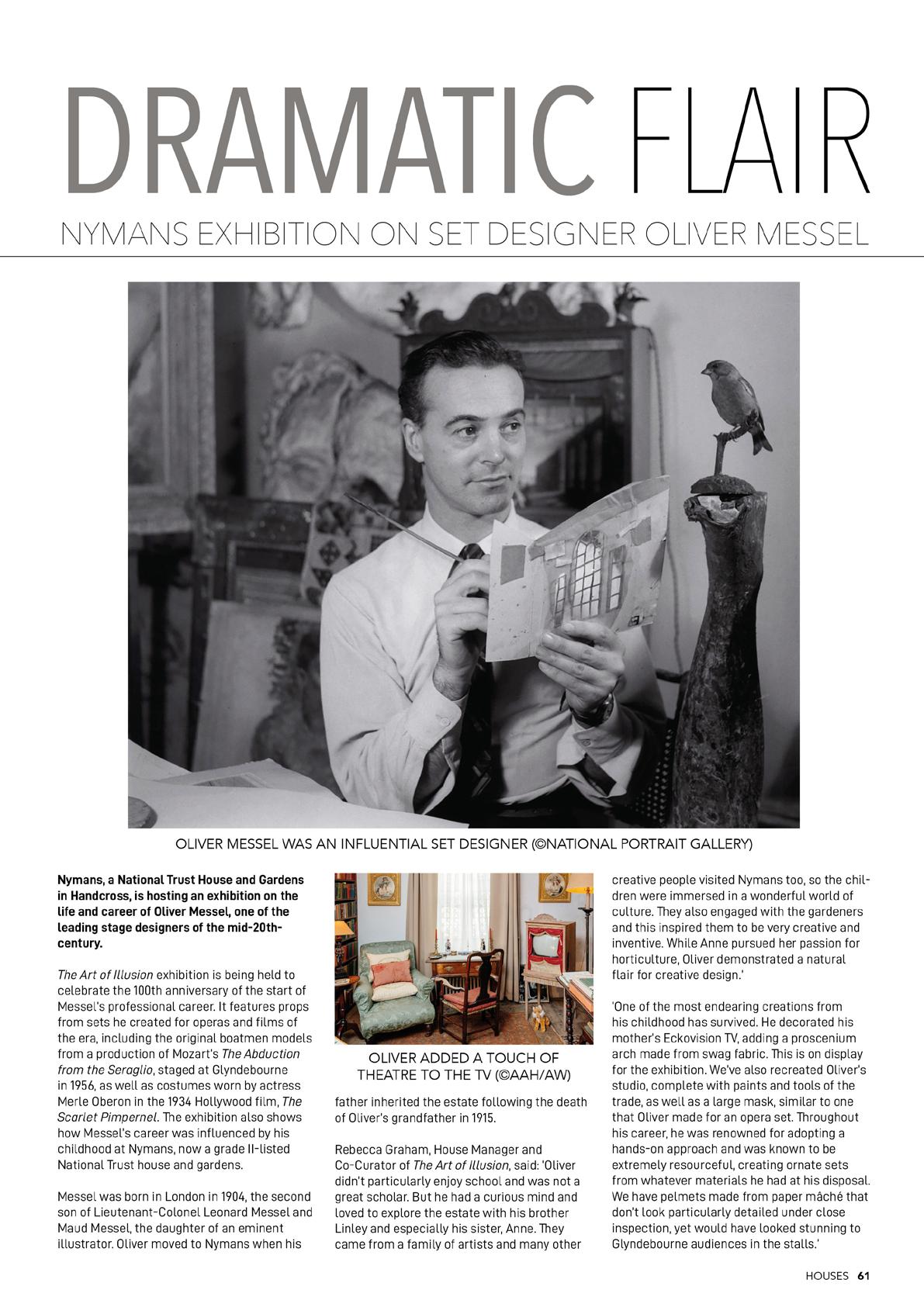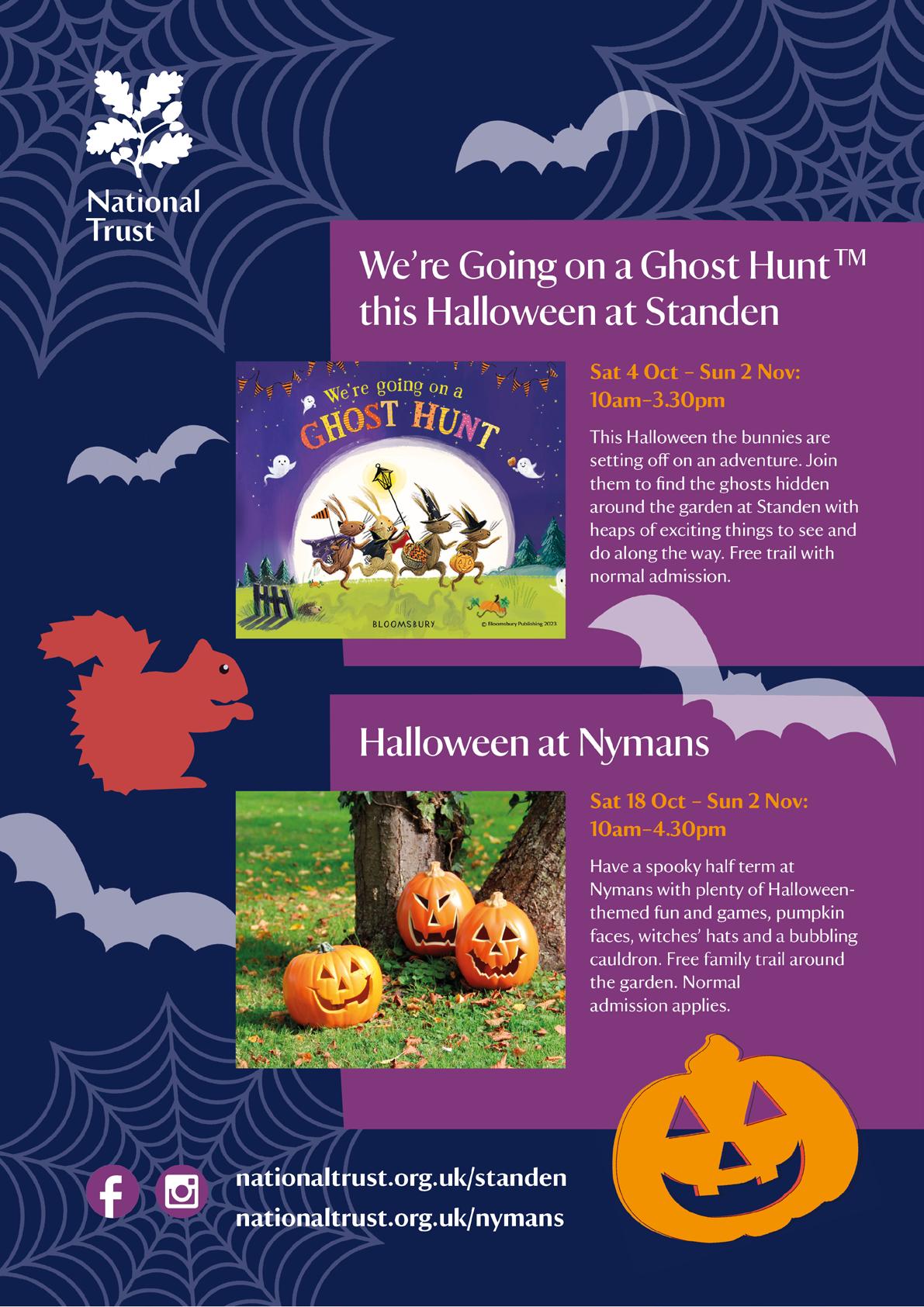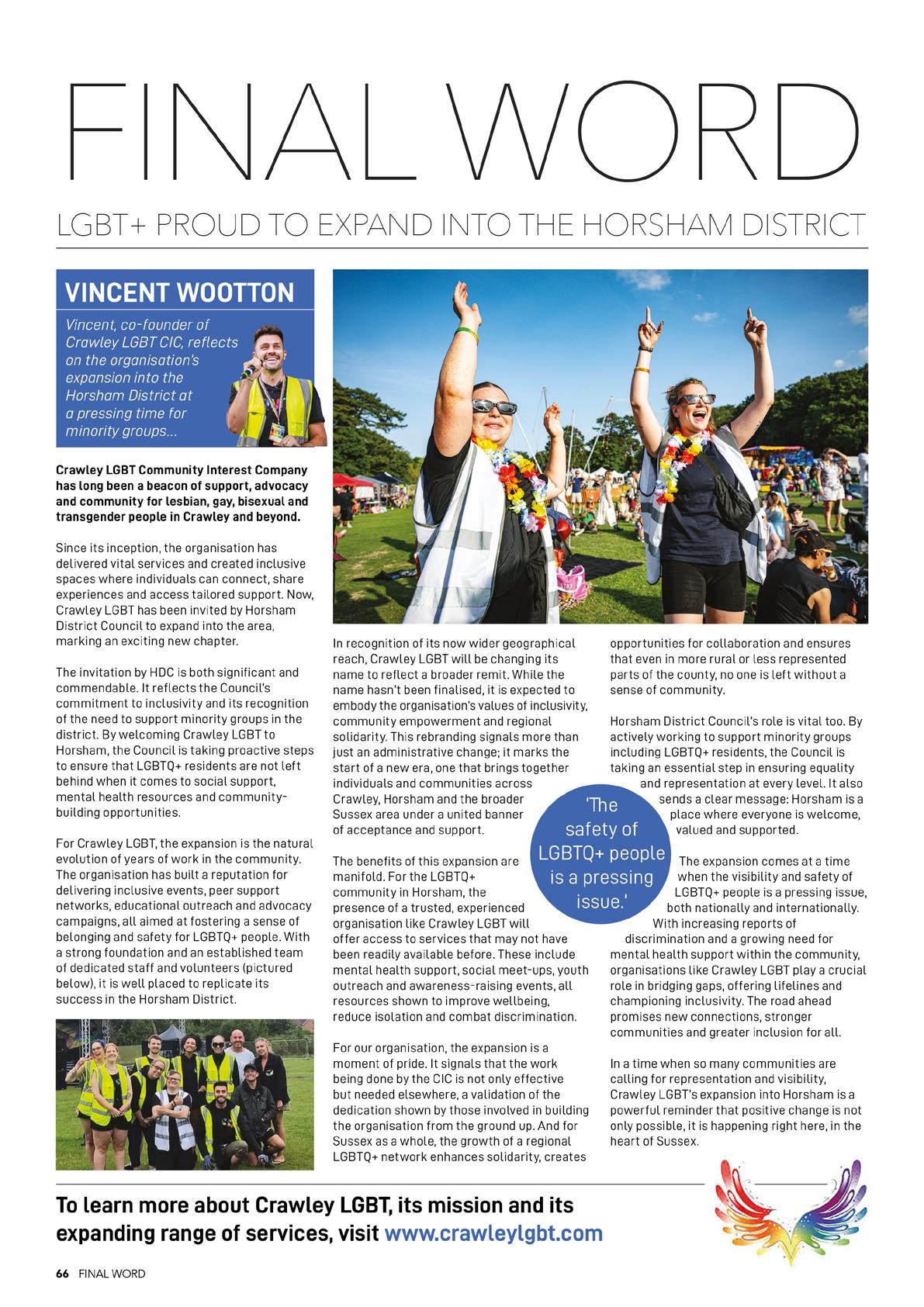


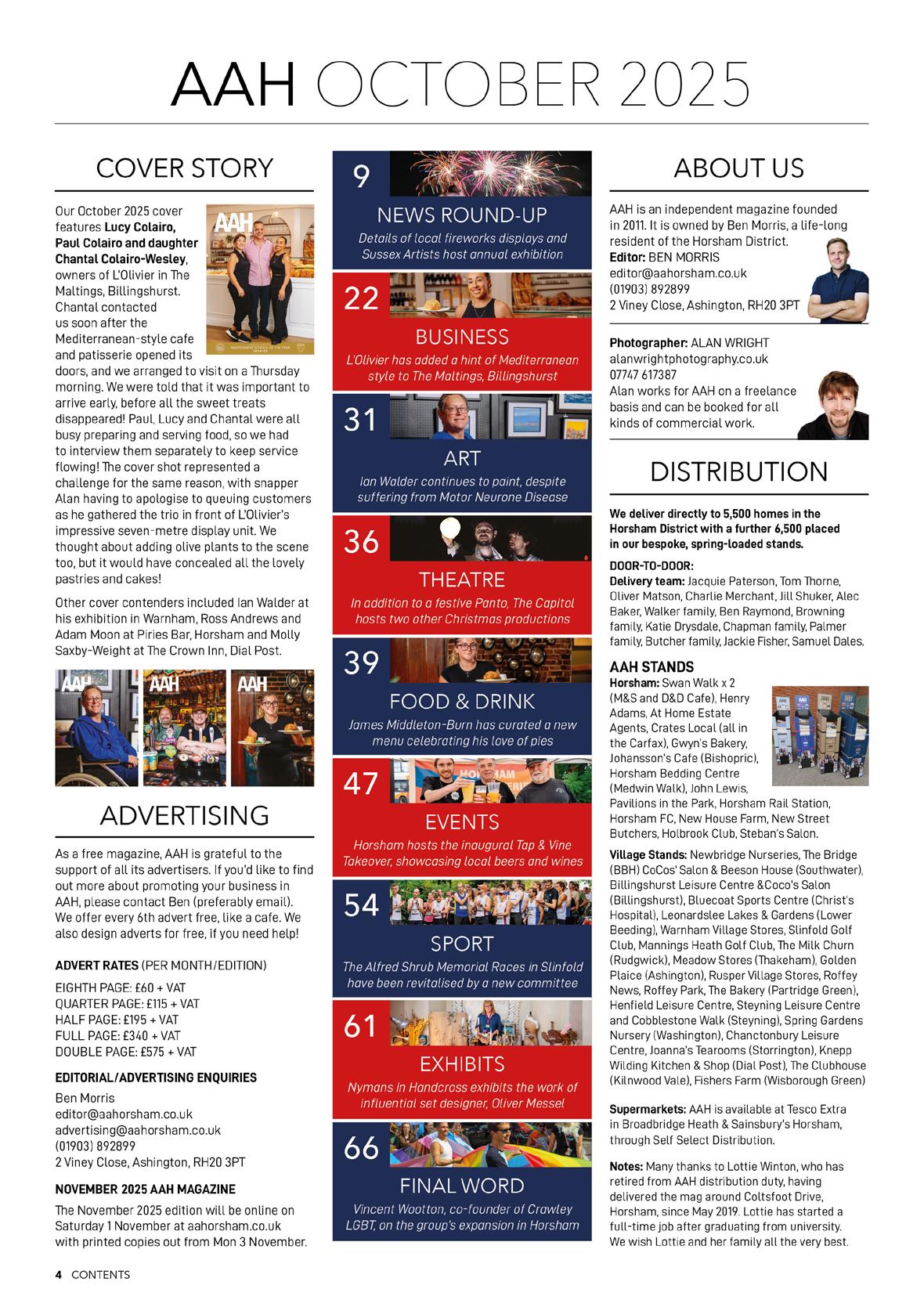






When I was eight or nine, I learnt all the national flags of the world. I thought that meant I liked Geography, but when I progressed to Forest Boys, I discovered that the subject was mostly about tidal erosion. Knowing that there’s a crowned crane in the middle of the Ugandan flag counted for diddly squat.
Still, I remember having my favourites. Mexico for sure, as it has an eagle sitting on a cactus eating a snake. Jamaica too, as the yellow and green seemed to capture the spirit of the country, although back then I mostly associated Jamaica with Lilt, which it turns out they didn’t even have in the Caribbean. I didn’t mind the Union Jack either. It’s a little busy – like a Scandinavian flag stuck over a railway crossing signal – but it has meaning, combining the flags of St George, St Andrew and St Patrick.
There’s been a lot of talk about flags lately. It seems that people who have never flown a flag outside their home before, are fighting for their right to fly a flag outside their home, despite having never actually been banned from flying a flag outside their home. Their outrage was triggered by two councils (Tower Hamlets and Birmingham City) removing flags (both Union Jacks and the Cross of St George) from lampposts, as they had been hung without permission. The councils cited health and safety fears for their actions, which didn’t convince everyone. But the removal of the flags perhaps wasn’t quite the slight to our national pride that some have made it out to be either. Still, from conversations I’ve had with friends, family and acquaintances, it’s apparent that we are at a bit of a crossroads as to what our national flags represent.
There’s also a perception that you see more flags in other countries, although I wonder if that’s true. When I think of the places I’ve visited where I can recall a strong visual presence of national flags, two spring to mind. Several years ago, I visited a mountainous valley in the Alps and the Swiss flag was hanging from many alpine lodges. Then earlier this summer, on a visit to Norway, many wooden cottages in the hills around the fjords were flying the Nordic cross.
But both of these are tourist destinations where a perception of national pride has economic value. Would overseas travellers to the UK not have the same impression of patriotism if they visited Buckingham Palace, toured the quaint villages of the Cotswold, or sat down for cream tea in Devon? I’m sure most would think Brits have a strong sense of national identity.
That doesn’t mean flags need to be everywhere. If you stroll around Horsham town, you’ll see at least four Union Jacks. One flies outside Park House, there’s another over the County Council offices at Parkside, one over the Carfax War Memorial and another above Bill’s, formerly the Town Hall. I would be surprised if the national flags of France and Germany are significantly more prevalent in Horsham’s twin towns of Saint-Maixent-l’École or Lage.
In England, we do of course have two flags, creating a two-tiered debate. The Union Jack is a flag that – to my mind – conjures patriotic emotions: Crowds lining The Mall at a Royal wedding; Elgar’s Pomp and Circumstance at The Last Night of the Proms; A bugle player sounding The Last Post on Remembrance
Sunday. In the sporting area too, the Union Jack tends to celebrate what unites us, rather than what divides us. This is demonstrated at the Olympics and more recently the World Athletics Championships in Tokyo, where medallists stood alongside other podium finishers for photos, proudly draped in their own national flag while simultaneously celebrating the unity of global competition.
St George’s Cross suffers in contrast. In a sporting arena, England’s flag tends to be used when a more partisan form of support is adopted, where friends become foe. As Englishmen, we cheered Scotsman Andy Murray like one of our own at Wimbledon, yet ancient Anglo-Scottish rivalries are always revived at international football matches. Most of us limit our patriotism to good-natured banter and maintain civility, but more primitive anthropoids can’t resist drinking too much, taking their shirts off and getting a bit fighty.
More recently, of course, St George’s Cross was a prominent symbol at a free speech rally in London, organised by the activist Tommy Robinson, which has further altered people’s perceptions of England’s flag.
Apart from pride, free speech is another thing we’ve recently been accused of lacking in this country, mainly by billionaires who don’t live here. This comes as news to me, as I’ve run a monthly, independent publication for 14 years without anyone in a position of authority ever trying to censor me. Then again, I’ve never been knowingly nasty to any individual, group or organisation. So, I guess it all comes down to what is really meant by free speech...

